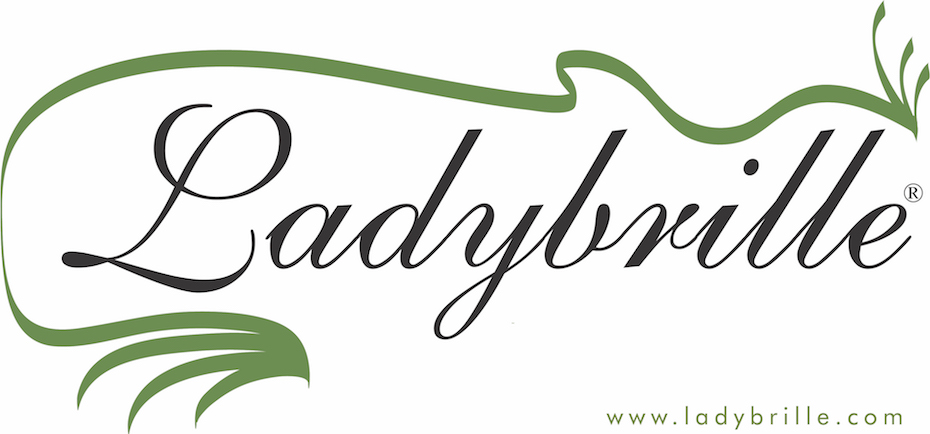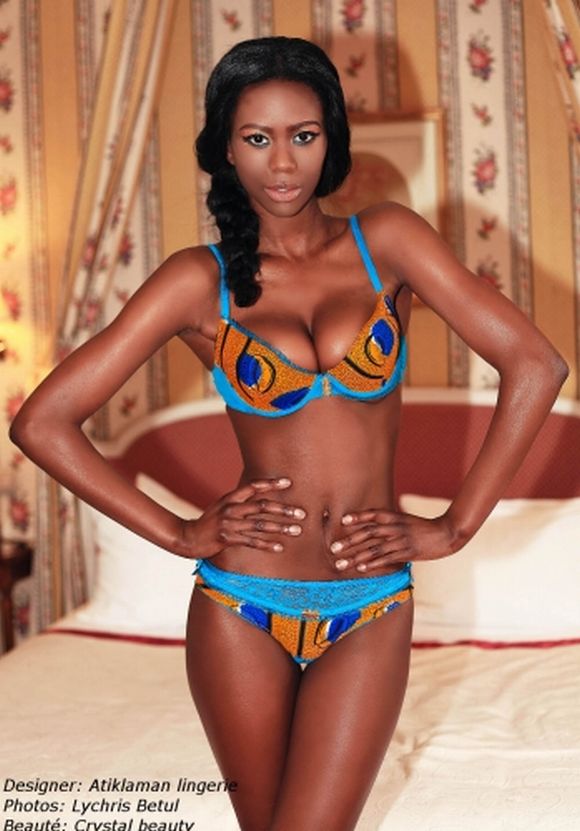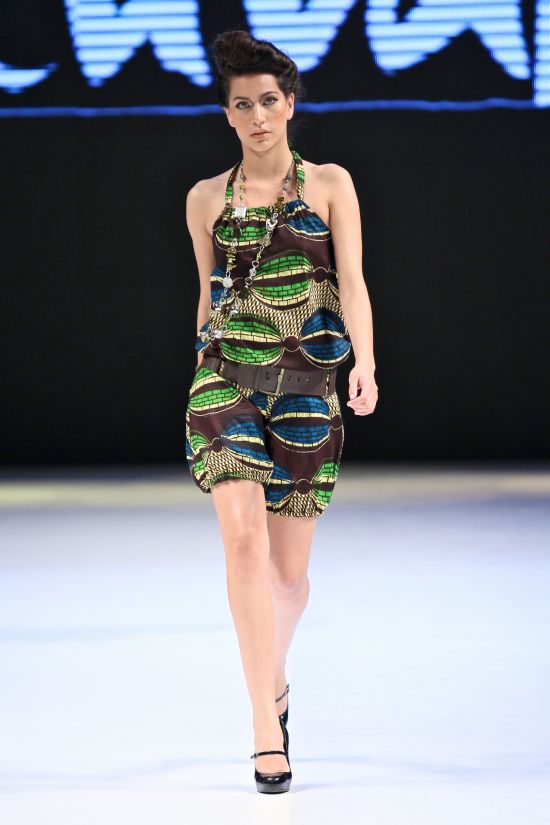
Today, many young Nigerians are increasingly involved in fashion design, specifically fashion design made with local fabrics/materials. Indeed, the atmosphere is charged to the maximum and even the older generation appear happy to see young people who are so willing to embrace their cultural heritage, culture and traditional systems. However, even though fashion is increasing amongst these youths, there is a hitch.
This hitch may seem insignificant but over time it would become of higher significance. It has to do with the cut/ style that young Nigerian fashion designers use. Designers in the West have virtually done “everything” in terms of fashion and they are now saying they are returning to the styles and designs of the past and bringing it back into fashion.
For Nigeria’s fashion industry, my problem though is, why are we still copying them? It will sadly be a waste of talent amongst fashion designers in Nigeria if they only design to copy designs of the West. It is not unusual to see (ankara fabric slapped together and cut into a Western silhouette) But, copying Western designs shapes and using our local materials to create a finished product is not exactly something different. It’s something the fashion world has seen before.
Why then don’t young Nigerian designers interested in fashion (tap into) their roots and also use the traditional dress styles used by our parents? A good example of this is what Ituen Basi has done with her interpretation of the Iro and Buba. These are designs that most of those in the West have not even seen before. Working on what WE have and making it more fashionable is indeed more thrilling than copying someone’s designs.
Sadly, many young fashion designers just continue to copy the trends of the West. They should sit and think again of why pioneers in the fashion industry who did the same are not as well known as designers such as Giorgio Armani.
Think about this carefully and research your roots. There are certainly fashion styles of the past which our designers can carve a niche in. It is time for (innovation and putting Nigerian fashion and Africa on the world map). We need to do so, not by copying but by bringing unique designs that are authentically Nigerian and incorporate Nigerian/African culture to the table.
We need to begin creating uniquely Nigerian Trends
-Prisicilla Bamfo
-Model in Ituen Basi Iro and Buba design
Founded in 2007, Ladybrille® Magazine is a California based pioneer digital publication demystifying the image of Africans in the west through contemporary African fashion and celebrating the brilliant woman in business and leadership, with an emphasis on the African woman in the diaspora. Our coverage includes stories on capital, access to markets, expertise, hiring and retention, sales, marketing, and promotions.




Good read! A few things:
– The market is v. saturated — the hope is that the wheat will be separated from the chaff and that the wheat will be well-invested in and held to the highest standards. I try not to let mediocre labels bother me.
– The ‘wheat’ i.e. the current and future best of the best tend to innovate or at least contribute something meaningful enough to set them apart. I’ve always thought the ones who’ll stand the test of time are the ones who continue to add something meaningful to the global dialogue, and culture, art, and life play important roles in crafting that. Couldn’t agree with you more. Maki Oh and Omer Asim get the balance so well.
– Can’t tell you how many ‘About Us’ sections I’ve read that say something along the lines of “Africa meets contemporary” — is this enough of a mission statement to warrant a brand’s existence? Just thinking out loud on this one.
– Innovation is v. key and, you’re right, a lot of it has been done before, but let’s take Nigeria, for example; the lack of a high street means lots of ‘designers’ currently get away with cutting and pasting. If you can’t get Rachel Pally in Lagos, why not start your own Rachel Pally-like brand IN Lagos to cater to people like you? Or so the thinking seems to go. Also, in fairness, there’s such a demand for basic ready-to-wear ankara pieces. Some folks go to their neighbourhood tailor, others are willing to pay big bucks for a simple dress. Give the customer what the customer wants?
– Must add that not every brand is interested in being relevant elsewhere in the world, so if their formula is currently working for them, they’re unlikely to change it. Folks are in it for different reasons — some use fashion to make a quick buck, others are genuinely invested in it. These are the people that will stand the test of time. Ultimately, though, you’re totally right, and we should start setting our own trends fit for local and global consumption.
Totally got carried away. Sorry 🙂